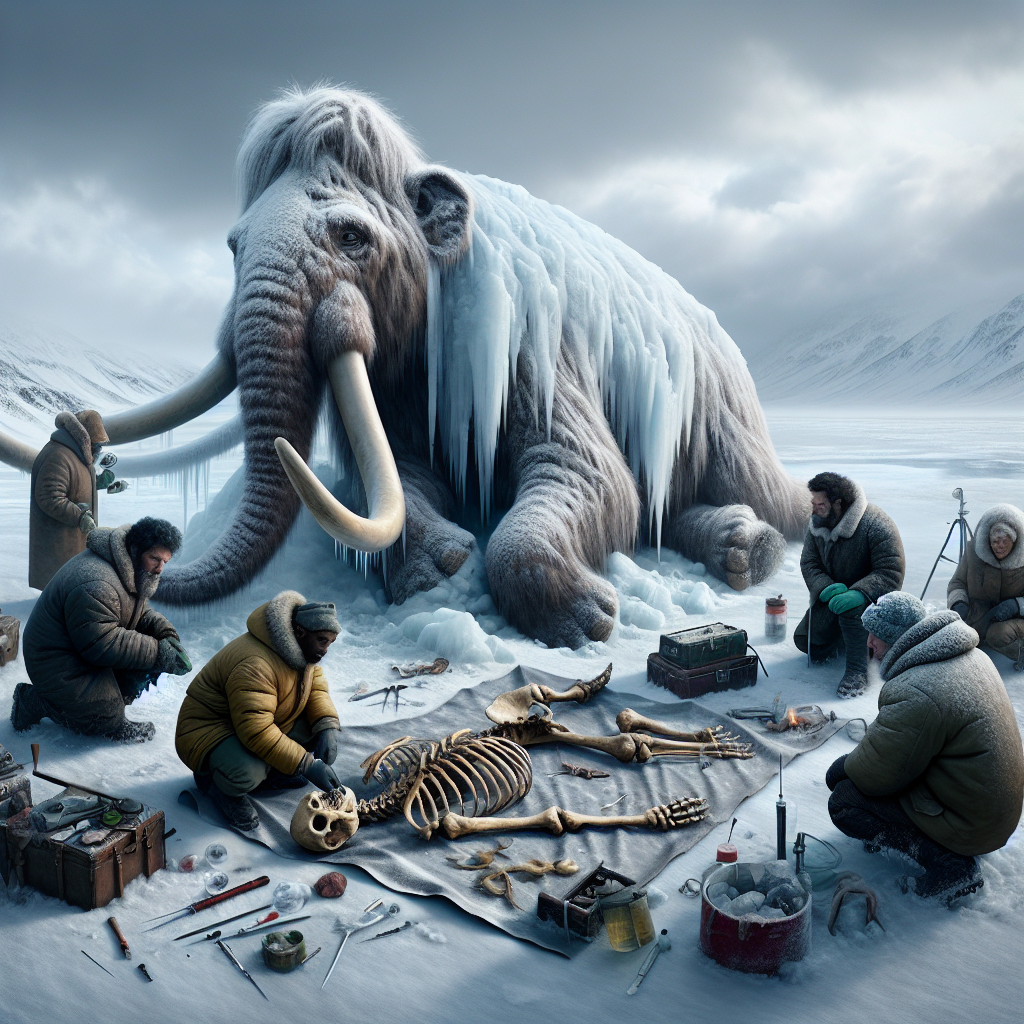Analysis
The unearthing of this 50,000-year-old baby mammoth is more than a scientific marvel—it’s a time capsule that offers new windows into a world long gone. As paleontologist Dr. Grant Zazula told the media, this discovery is a “once-in-a-lifetime opportunity” to study the Ice Age in stunning detail.
Why does this discovery matter? Here’s what makes the frozen baby mammoth so captivating to scientists, conservationists, and climate researchers:
- Exceptional Preservation: Unlike fossilized bone fragments, this mammoth still has soft tissues and fur—ideal for DNA sampling.
- Climate Storytelling: As global temperatures rise, permafrost reveals what it’s kept hidden for millennia. This showcases not just ancient animals, but the consequences of modern climate shifts.
- Evolutionary Insight: The specimen might answer questions about mammoth migration patterns, diet, and their eventual extinction.
- De-Extinction Hope: With viable DNA, scientists continue inching closer to the idea of resurrecting extinct species. Though still controversial, this find could accelerate the debate.
This is the most complete mummified mammoth found in North America and only the second globally.
Dr. Grant Zazula, Yukon Paleontologist
The discovery reflects a rising trend in paleontology: collaboration with Indigenous communities. The naming of the mammoth as “Nun cho ga,” meaning “big baby animal” in the Hän language, illustrates a culturally respectful and integrative approach to scientific work. This partnership model not only enriches the data collected but also acknowledges traditional ecological knowledge that is often overlooked.
And then there’s the allure of de-extinction. With CRISPR gene-editing tools improving rapidly, and private ventures like Colossal Biosciences investing in resurrecting mammoths, this find adds fuel to a conversation that once belonged only to the realm of science fiction.
Still, not all experts are convinced. Some warn that the energy poured into potential cloning might detract from present-day conservation efforts. Regardless of where the future leads, “Nun cho ga” gives us a moment of wonder—a breathtaking glimpse into the prehistoric world through the eyes of a creature we had only imagined through bones and art.













